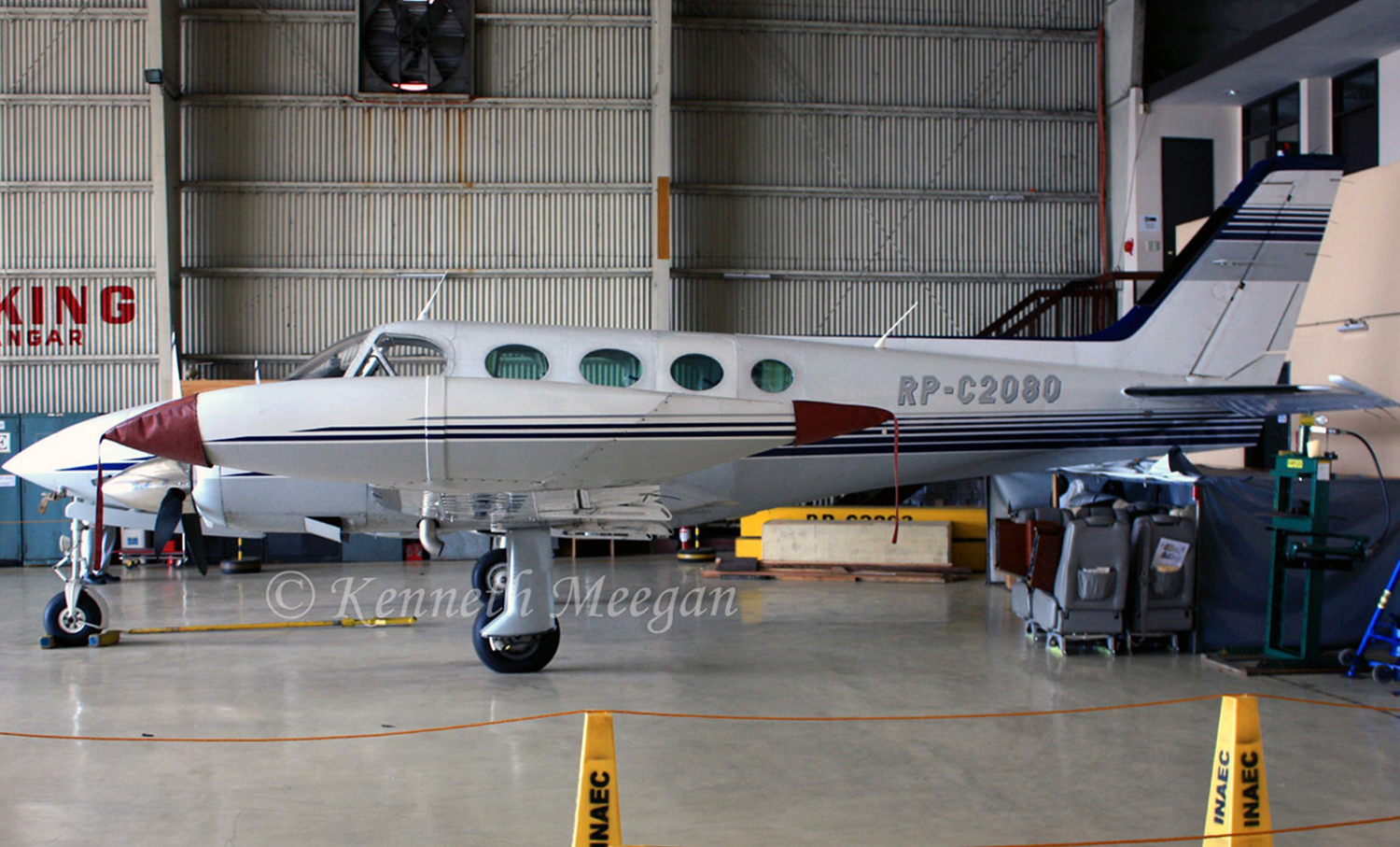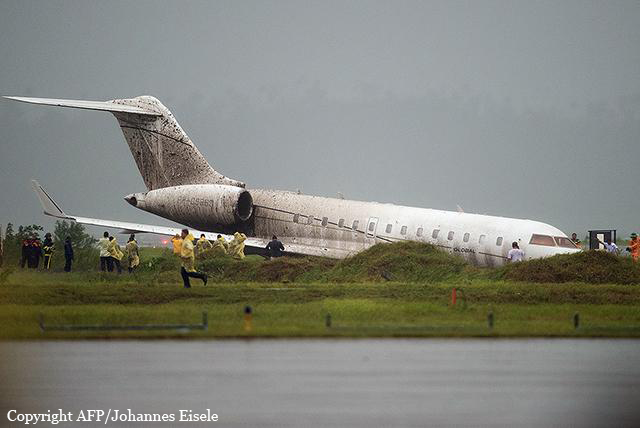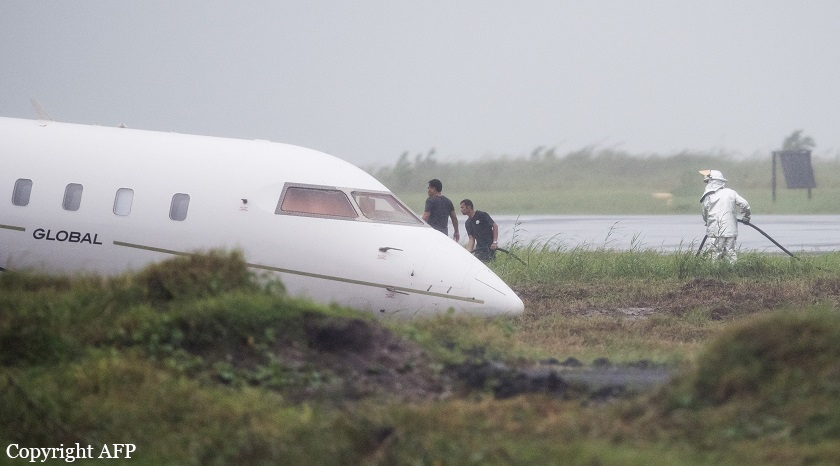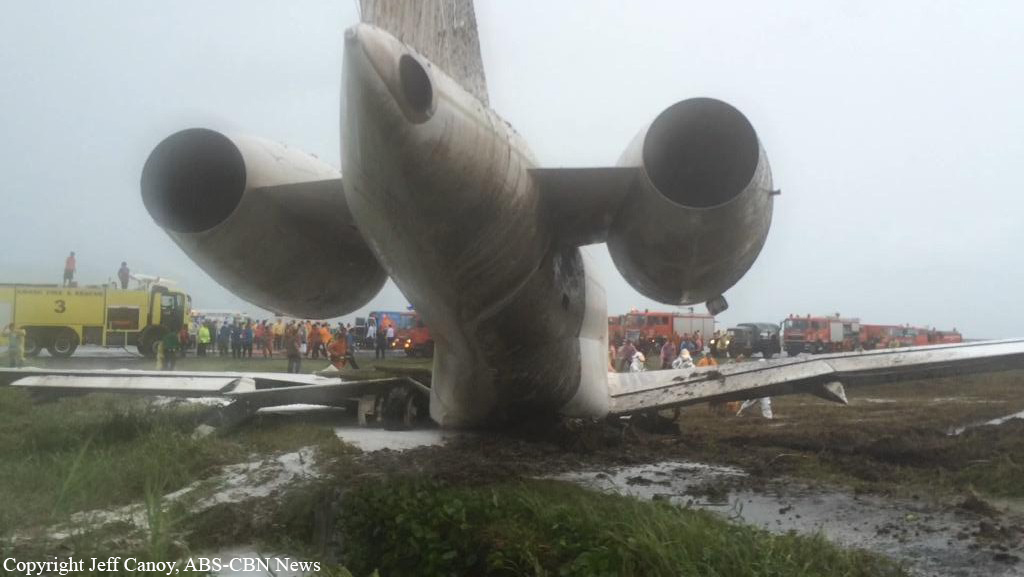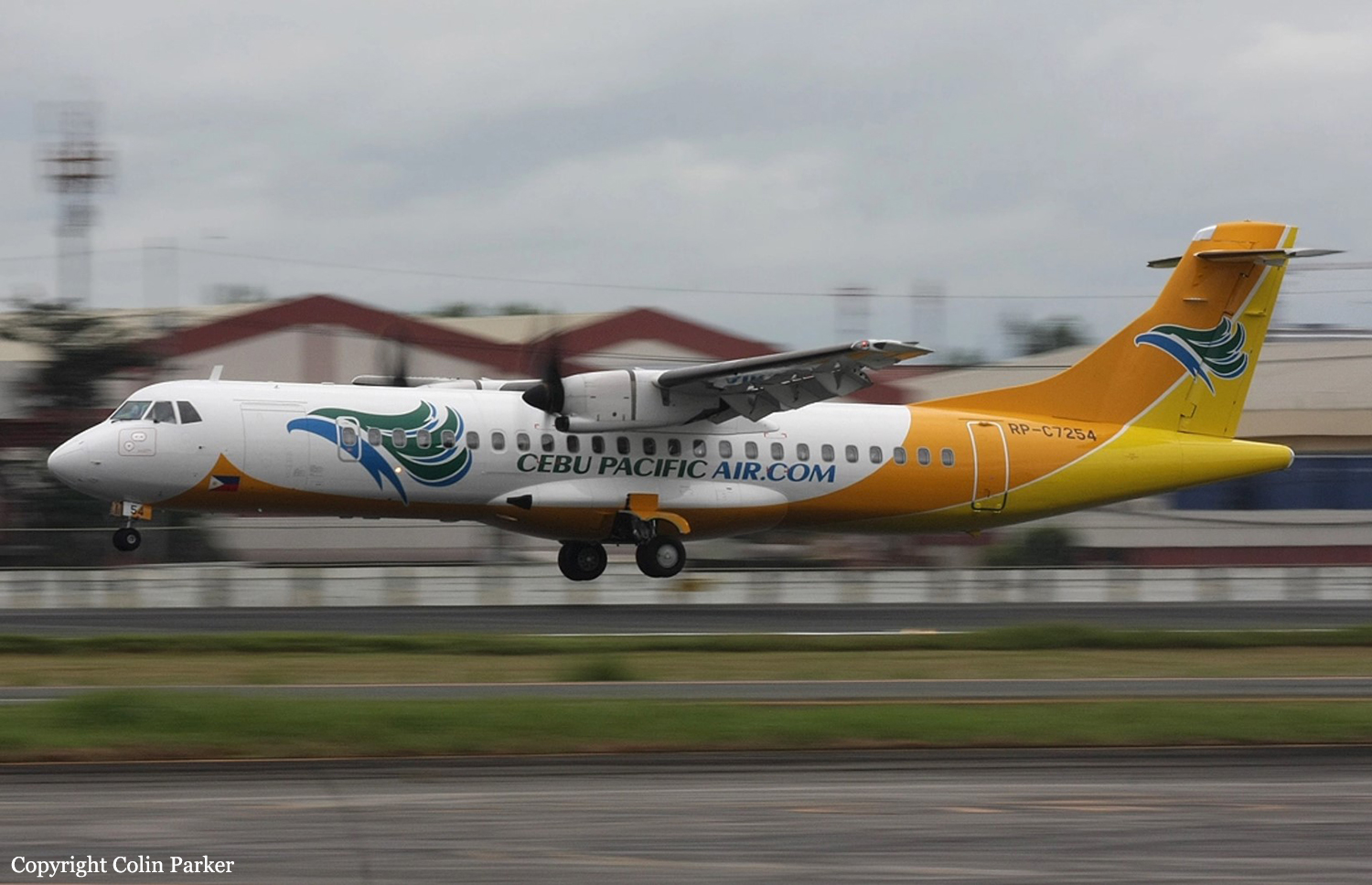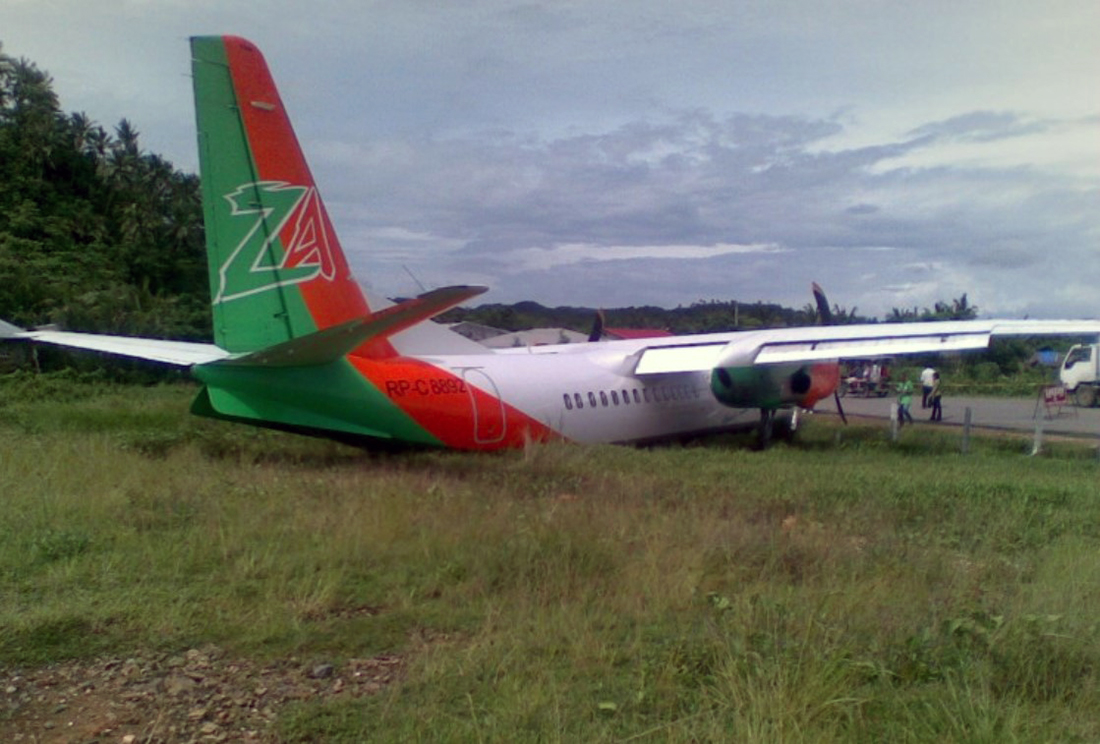Crash of a Cessna 340A on Mt Mayon: 4 killed
Date & Time:
Feb 18, 2023 at 0650 LT
Registration:
RP-C2080
Survivors:
No
Schedule:
Legazpi - Manila
MSN:
340A-0917
YOM:
1979
Crew on board:
2
Crew fatalities:
Pax on board:
2
Pax fatalities:
Other fatalities:
Total fatalities:
4
Circumstances:
The flight was bound for Manila with one pilot, one aircraft mechanic, and two passengers on board. The aircraft was reported missing after it took off from Bicol International Airport (RPLK) at Daraga, Albay. The aircraft is being operated by the Energy Development Corporation (EDC) and was on a routine general aviation flight. All aircraft occupants were fatally injured in this accident. The pilot submitted a VFR to IRF flight plan that will utilize standard departure on RWY 05 of RPLK. According to the flight plan, it will be transitioning to IFR and intercepting NAGA VOR. It will further continue W9 airway and proceed to ALABAT for the arrival procedure in Manila. The flight departed from RWY 05, made a procedural right upwind turn, and crossed the final approach of RWY 05. At 0647LT, ATC established contact with the aircraft while passing 2,600 ft. The ATC inquired if the flight had already passed Camalig by-pass, and the pilot responded "We're passing Camalig by-pass now". The pilot was instructed by ATC to continue climbing and report twenty nautical miles out of RPLK, which was acknowledged by the pilot. At 0650LT, no position report was received from the aircraft. The ATC initiated contact with the aircraft several times, but no response was received. The duty ATC contacted the Manila Area Control Center (MACC) for any signatures of the aircraft that they might have picked up. The MACC informed the ATC that there was an initial signature contact that later disappeared on the radar monitor. At about 0900LT, the Philippine Aeronautical Rescue Coordinating Center (PARCC) elevated the alert to a DETRESFA on the missing aircraft. On the next day, February 19, 2023, the operator launched their own search operation using an AW139 helicopter, which was able to locate the missing aircraft at about 6,300 feet on the south-west slope of Mt Mayon Volcano with grid coordinates of 13°14'56.45 N and 123°40'57.79 E. An aerial reconnaissance by CAAP-AAIIB investigators and EDC using a helicopter was conducted on 20 February 2023. The general impact area shows the scattered wreckage of aircraft debris and signs of post-impact fire. All four occupants were killed.
Probable cause:
The pilot failed to follow the flight plan and made an unauthorized deviation. The pilot lack of situational awareness was considered as a contributing factor.
Final Report:
